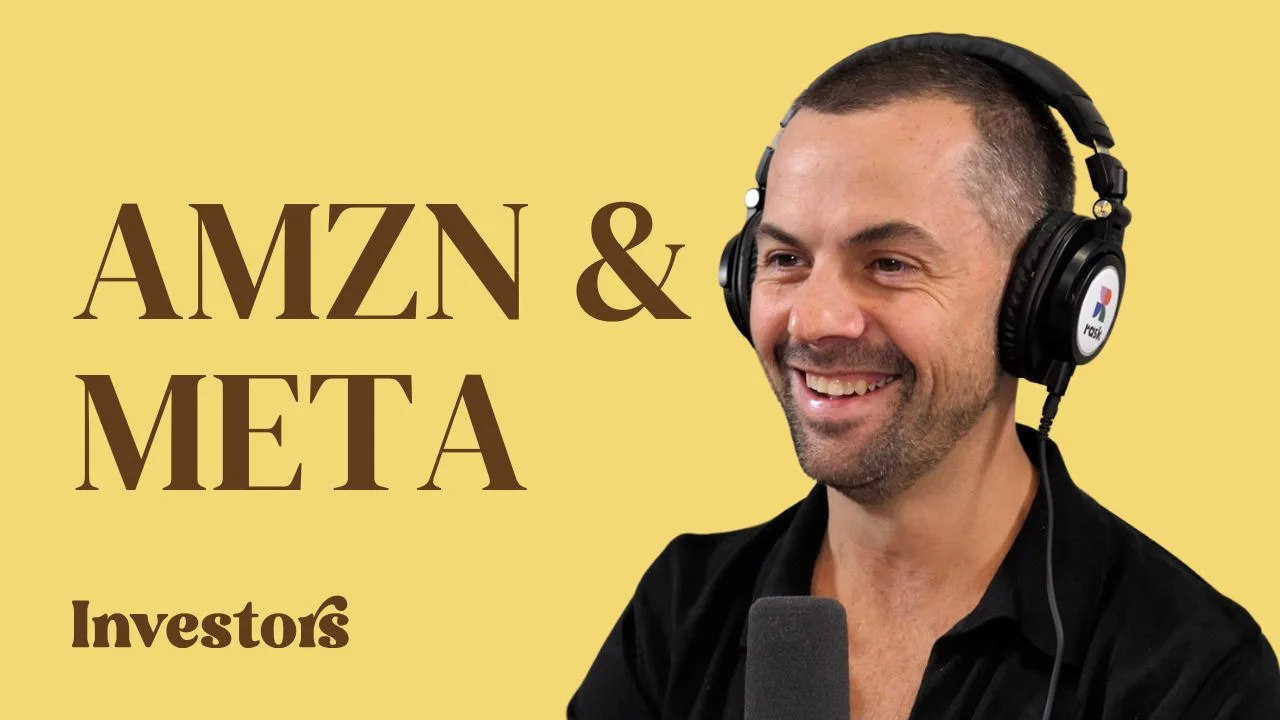The VanEck Video Gaming and Esports ETF (ASX: ESPO) is on a run this year. Is it a good tactical ETF choice?
The Esports ETF
The VanEck Video Gaming and Esports ETF (ASX: ESPO) is an ASX-listed exchange traded fund (ETF) that invests in the largest and most liquid video gaming and esports companies globally.
This includes the companies that build the consoles, create the software, facilitate esports events, or stream the events live. You’ve probably heard of some of these companies, like Tencent Holdings Ltd (HKG: 0700), Nintendo Co. Ltd (TYO: 7974), and Aristocrat Leisure Limited (ASX: ALL).
A natural next question is, what are esports?
Basically, esports are video games played competitively. While this might not sound like something an investor could profit from, the industry is actually growing rapidly.
In 2019 the esports industry was valued at around US$1.22 billion. Estimates for the next few years range from a US$5.48 billion industry in 2031 to a US$5.7 billion industry by 2028. In short, it’s expected to grow rapidly.
Esports obviously got a boost during the pandemic when many people were deprived of their usual forms of entertainment.
However, the state of the industry going forward is highly uncertain and it remains to be seen whether the ‘esports’ trend has outlasted the pandemic.
What I’d be more interested in with the ESPO ETF is the video gaming aspect. Unlike esports, video gaming is an established industry with a market value of over US$200 billion in 2022.
Much like esports, video gaming growth is expected to be strong over the next 5-6 years riding the wave of online gaming, virtual reality, and faster internet connections. Year-to-date the ESPO share price is up over 20%.
So, would the esports ETF be a good tactical ETF?
What makes a good tactical ETF?
What I mean by a ‘tactical’ ETF is a small holding that you have reasonable confidence in the growth prospects of.
It won’t form part of your ‘core’ portfolio but you’re willing to make a small bet on it as a ‘satellite’ position (Owen talks about the core and satellite approach here).
So, what makes a good tactical ETF?
In my view, it should offer:
- Diversification benefits (substantially different to what’s in your core portfolio)
- Growth potential over and above an index, like the ASX 200
- Relatively low fees
- A level of risk that you’re comfortable with
On point 1, the esports ETF seems a good choice. It offers global diversification across 10+ countries and, while it’s tech-heavy, it’s not invested in the usual culprits like Apple Inc (NASDAQ: AAPL) and Microsoft Corp (NASDAQ: MSFT) which you may already hold.
The industry growth potential is questionable, but most estimates suggest 12-13%+ over the next few years. What you have to consider here is the uncertainty.
The S&P 500 over the last 30 years has averaged a little over 10% per year. So, if the ESPO ETF matched the expected industry growth rate to 2030 (which you can’t have much certainty of), you might marginally outperform the S&P500.
While the video gaming industry continues to grow, I don’t think it’s one of those mega trends that you’d expect to significantly grow over 10 years, like AI or rare metals for renewable energy.
The ESPO ETF fees are 0.55% per year but the kicker is the volatility. If you look at calendar year performance, the ESPO ETF returned 4% in 2021, lost 30% in 2022, and gained 32% in 2023.
That’s a high level of volatility and risk, above what you’d expect from something like the S&P 500 or the ASX 200. What you have to weigh up as an investor is, does the growth potential justify the volatility?
To learn more about the core and satellite approach or to see how the Rask Invest portfolios or are built, you can click here.







